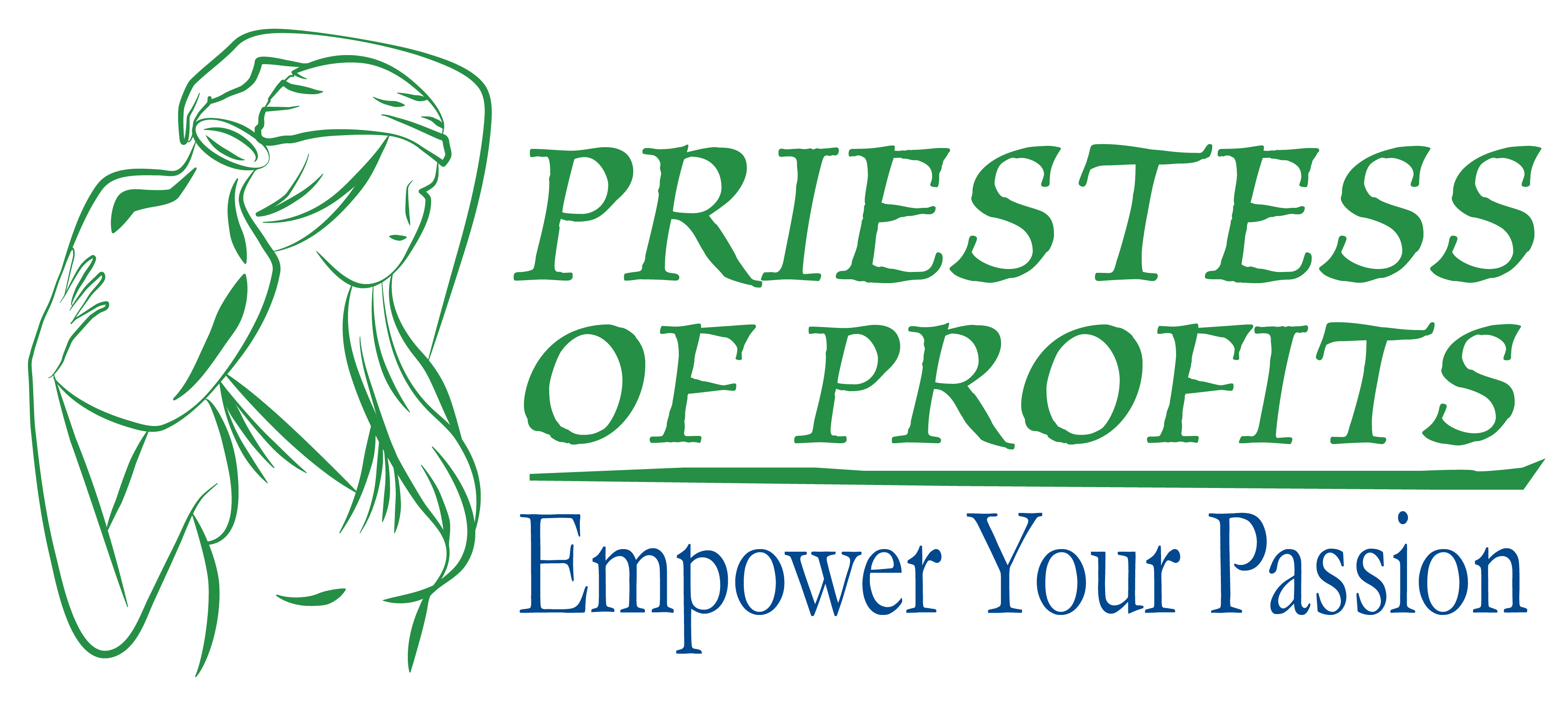
Tour Profitability and Pricing Strategy
NOTE: This post was written by Ingrid Edstrom for Polymath LLC prior to the launch of Priestess of Profits. Some content may reference Polymath LLC, which has since been replaced by Priestess of Profits.
Profitability is essential in every business. Tour companies live and die by their gross profit margin, and often they don’t even realize it. Can you look at your company’s books and tell at a glance which of your tours are the most profitable and which are sinking your ship? If not, keep reading to find out how.
Planning for Profitability
For tour companies, it’s important to do planning before and after tours to ensure you are learning and evolving, rather than just ignoring potential issues. Every business has some products, services, projects, or clients that do really well and others that drag the business down. Half the point of having clear, up-to-date accounting reports is so that you can tell what is working and what’s not so that you can make more educated decisions that lead to greater profitability. What does this look like for a tour company?
The Pre-Tour Budget
Often businesses get bogged down in the idea of budgeting, thinking that it’s going to be a time consuming process that will later constrict the decisions you want to make. Best to just wing it and save yourself the time, right?
It doesn’t have to be that way. Keep your budgets simple, and think of them more as “guidelines” rather than “rules.” (Thanks, Barbossa!) It may be easiest to create your budget in an Excel spreadsheet, so we’ve created an example for you. Download, and give it a try!
- Start with the amount you plan to charge per person, and keep this flexible. If you get to the end of your budget and realize that your tour isn’t profitable, you may need to raise your price.
- How many people do you plan to have on the tour? Think of a range from minimum to maximum number. This may be limited by the amount of physical seats available. The main thing is to understand how small a tour can be before it’s no longer worth going. Your price times your number of guests equals your gross sales for the tour. Your overall sales will have a large impact on your profitability.
- Know which of your expenses are fixed regardless of the number of guests. These are the expenses that will really affect your profit margin. List all of your projected expenses for the tour. If needed, build in a bit of cushion for unexpected hiccups. You know better than anyone what might come up on your tours. It’s best to plan conservatively, accounting for all possible expenses to ensure that you don’t run out of cash.
- Your projected sales minus your anticipated expenses equals your projected gross profit! If your gross profit is too small to cover your company’s overhead expenses AND pay the business owner, it’s time to go back to the drawing board. It’s not worth doing a tour that will ultimately force your bank account balance into the red.
- Your gross profit margin is the comparison of your gross profit to your gross sales. To find this percentage, simply divide your gross profit by your gross sales. For example, if you have tour sales of $100, and the tour costs you $30 to run, then your gross profit is $70. $70 divided by $100 is a 70% gross profit margin.
Gross Profit Margin
You know best what the margins need to be for your specific business. Anything you can do to improve your margins without jeopardizing the quality of your offering will have a positive impact on your business health. There are many different kinds of tour companies, and the margins will vary based upon the needs of that business. For example:
- A safari planning company that takes a 15% commission on custom-created experience packages will generally always have a gross margin of around 15%, as they subcontract the actual facilitation of the tour to the in-destination providers.
- An owner-operated city walking tour may have almost 100% gross margin, as they will have little to no expense to create the experience they offer.
- Does your experience include food, lodging, airfare, guide fees, admission, transportation, or any other expenses? All of these may effect your gross margin percentage. There is no single correct margin to shoot for. The important thing is to understand YOUR business, analyze where you may be able to do better, and make more educated choices.
Choices During the Tour
There are things that may come up while operating a tour that can impact your expenses, and thus your profit. Keep in mind that awareness will lead to better spending choices and greater profitability. Here are some examples:
- You’re operating a tour on a hot day, and you decide to treat your 15 guests to a cold, tasty beverage that was not in your original budget. The beverages are only $3 each, which seems like a great deal. $3 times 15 people comes out to $45. Depending on your overall tour budget, this may or may not really cut into your profit. These choices add up quickly!
- Your tour guide has a company credit card for incidentals, and they decide to be generous on your behalf. Perhaps they are not aware of the budget and intentions you set in advance. Communication can be key when your team has access to spending your company’s money.
- Your guides operate off the beaten path where using a credit card is not possible. They must use cash. They are given a set amount of cash to operate the tour, but it’s hard to get receipts at some of these places. No leftover cash ever comes back to you. It may be time to employ and expense tracking program, such as Expensify, that can create some accountability for your team’s cash spending.
After-Tour Review
Once your tour is complete and all expenses are in, it’s important to review it with your team. What worked, and what didn’t? What can you do better next time? Are there any unnecessary expenditures that can be cut in the future? Are you getting positive reviews from your guests? You will create your own list of questions that you will want to ask after every tour, and these will help you to improve your offering.
Compare your tour’s actual sales, expenses, and gross margin with your budget. Were you close, or were there things that you missed? Add anything you missed to your template for the upcoming tours so that your estimates are closer next time.
Review your pricing and occupancy in hindsight. Do you need to raise your prices or ensure that there are more people on the tour in order to make this tour worthwhile in the future?

The most impactful part of your review is the side-by-side comparison of your tours. Our favorite way of performing this comparison is by using QuickBooks Online Plus with the Class Tracking feature. By having each of your tours set up as a Class in QBO, you can use your real data in QuickBooks to run a profit and loss report for your various tours, side by side. You can even add columns to see the percent of income, allowing you to compare your gross margin percentage for each tour. This way you can easily see which tours are outperforming the others, as well as if there are any tours that are really not meeting your expectations. The key here is to form your expectations in advance!
Small Changes Make Big Profits
With just a little awareness and intentional choices, you can ensure that your tour business is creating amazing experiences that also keep your business healthy and provide for your adventurous lifestyle. Profitability is key!



